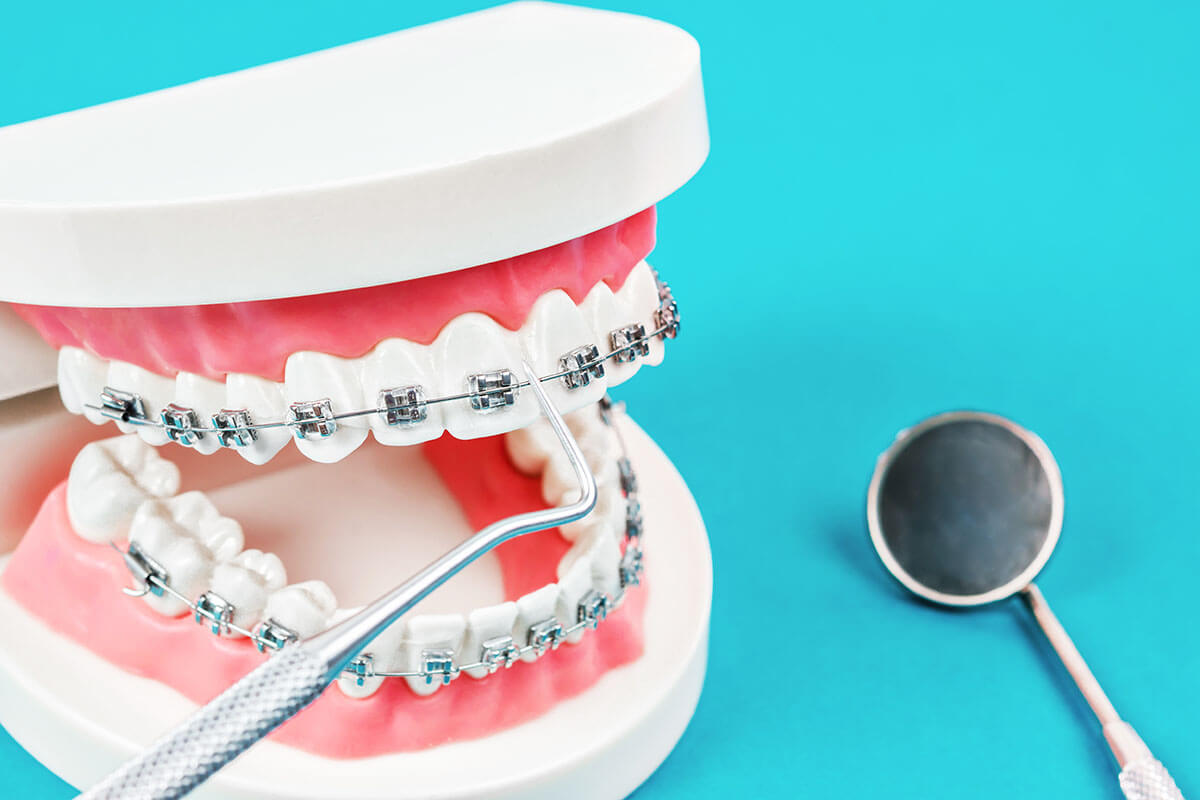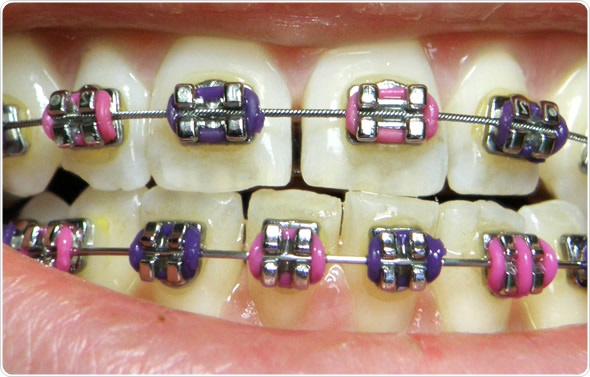Professional Cumming Braces and Aligners: What to Know Prior To You Check out
Professional Cumming Braces and Aligners: What to Know Prior To You Check out
Blog Article
Comprehensive Overview to Orthodontics Treatments for Fixing Dental Imbalances
Recognizing the complexities of each procedure, including their systems, benefits, and possible drawbacks, is essential in making informed choices about one's orthodontic therapy. As we navigate through the comprehensive guide to orthodontic procedures for correcting dental misalignments, the intricate details of each method will unfold, dropping light on the path toward a practical and harmonious dental placement.
Orthodontic Procedures Summary

Normal changes and tracking are essential components of orthodontic treatment to make sure development is on track and to make any kind of required adjustments along the method. By going through orthodontic procedures, people can not only achieve a straighter smile however likewise improve their total oral health and wellness and function.
Conventional Braces: How They Function
When taking into consideration orthodontic treatments for dental misalignments, traditional dental braces attract attention as a reliable approach for dealing with teeth placing. Typical braces are composed of brackets, wires, and bands that interact to use continual pressure on the teeth, gradually relocating them right into the preferred alignment. The braces are connected to the teeth using a special adhesive, and the wires are threaded via the brackets. By readjusting the stress of the wires, orthodontists can control the instructions and pressure used to each tooth, guiding them into appropriate placement over time.
As stress is applied to the teeth through the braces, the bone surrounding the teeth is improved to support the new tooth placements. Individuals will require regular changes at the orthodontist's office to ensure the dental braces continue to apply the appropriate stress for reliable teeth movement.
Unnoticeable Aligners: Cons and pros
Unnoticeable aligners offer a very discreet and practical choice to conventional dental braces for remedying oral misalignments. These clear, custom-made trays are virtually unnoticeable when put on, making them an appealing choice for people looking for a much more cosmetically pleasing orthodontic treatment. Among the primary advantages of invisible aligners is their removability, permitting less complicated upkeep of oral health compared to typical braces. Clients can get rid of the aligners before eating or brushing their teeth, lowering the threat of food getting embeded the device and streamlining the cleaning process.

Surgical Orthodontic Options
Surgical interventions in orthodontics present viable options for attending to intricate oral imbalances that might not be properly fixed via conventional orthodontic treatments. While typical dental braces and unseen aligners can correct numerous orthodontic issues, particular instances call for surgical treatment to accomplish optimal results. Surgical orthodontic choices are typically recommended for serious malocclusions, substantial jaw inconsistencies, and cases where the underlying bone structure requires adjustment to accomplish correct positioning.
One common medical orthodontic treatment is orthognathic click site surgical procedure, which involves rearranging the jaws to remedy useful issues such as trouble talking or chewing. This surgical procedure is typically performed in collaboration with an orthodontist that assists straighten the teeth prior to and after the procedure. Surgical orthodontics might also entail treatments to expose affected teeth, get rid of excess periodontal cells, or improve the jawbone to produce a more unified facial account.
Before thinking about surgical orthodontic options, patients undergo a thorough evaluation to establish the need and prospective advantages of such interventions. cumming braces. While surgical procedure might seem complicated, it can significantly enhance both the function and appearances of the smile in situations where traditional orthodontic treatments drop short
Retainers and Post-Treatment Care

Failure to comply with post-treatment care instructions can result in regression, where the teeth slowly relocate back towards their original settings. Regular retainer wear, great oral health, and regular dental check-ups are vital for preserving the outcomes attained through orthodontic surgery and guaranteeing the long-term stability of the fixed oral alignment.
Verdict
In conclusion, orthodontic treatments offer numerous choices for fixing dental imbalances. Conventional braces utilize metal braces and cords to move teeth right into correct alignment. Invisible aligners supply a more discreet choice but might not be appropriate for all situations. Surgical orthodontic choices are readily available for a lot more severe imbalances. Retainers are commonly made use of post-treatment to maintain the brand-new positioning. Overall, orthodontic treatments can visit this site effectively improve dental health and aesthetic look.
As we navigate with the extensive guide to website link orthodontic treatments for correcting dental misalignments, the detailed information of each method will unravel, dropping light on the path towards a harmonious and functional oral alignment. - orthodontics
One of the most typical orthodontic therapies is the usage of braces, which are composed of metal brackets and wires that apply gentle stress to progressively shift teeth into the wanted placement.When taking into consideration orthodontic therapies for oral misalignments, standard braces stand out as a time-tested technique for correcting teeth placing. Additionally, undetectable aligners might not be appropriate for complicated orthodontic issues that call for more considerable teeth movement, as they are generally suggested for light to moderate instances. Retainers are tailor-made orthodontic devices developed to hold teeth in their dealt with placements after the conclusion of orthodontic therapy.
Report this page